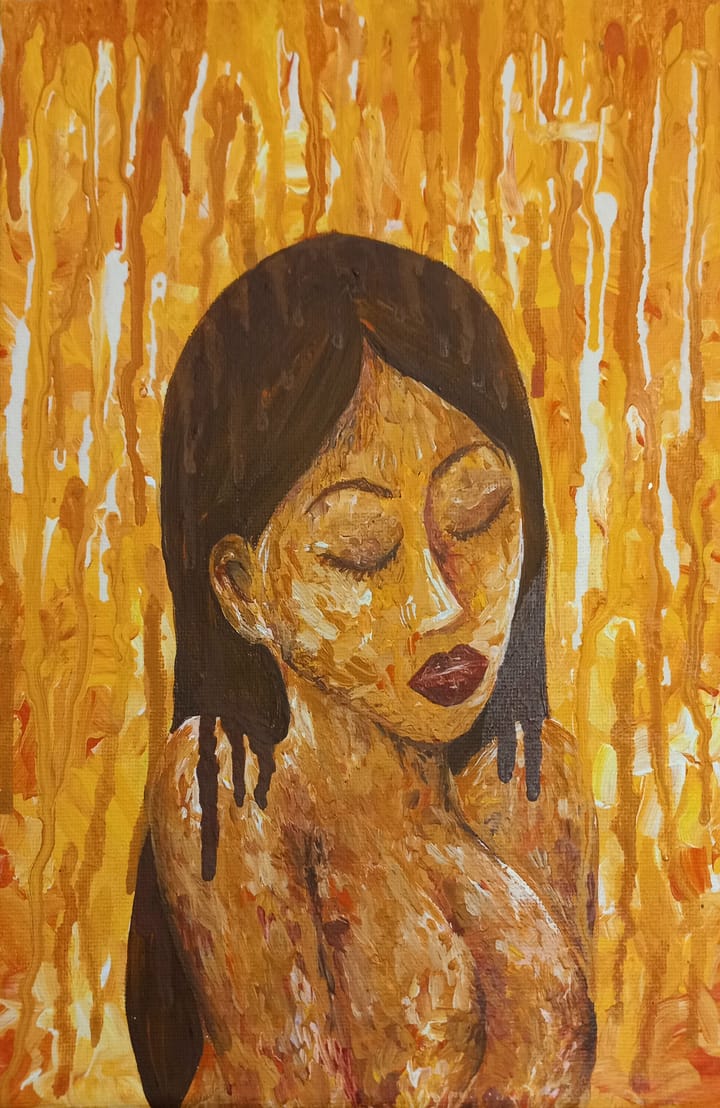Photographer Steven Rosenfield Visits Amherst for Community Photo Project

In a partnership with the Office of Student Life and the Multicultural Resource Center, photographer Steven Rosenfield visited the college between Feb. 2 and Feb. 5 to work with students on Amherst Community Photo Project.
Rosenfield is known for his “What I Be” project, a collection of photographs paired with deeply intimate statements from people from all over the U.S. addressing their deepest insecurity. Since “insecurity” is a huge concept, the specific content of the photos in the project are varied, including themes such as sexual assault, transgender identity and Alzheimer’s disease. The participants of the project range from high school students to elderly members of a nursing home and thus capture an extremely diverse set of perspectives. Evocative portraits of participants with words written on them with marker that summarize or exemplify their insecurities comprise the body of the photographs. These images are very powerful and have been showcased on Huffington Post and ABC News.
“I think everything comes from insecurities,” said Rosenfield on the project. “Fear comes from insecurities. Hate comes from insecurities. A lot of bad things come from insecurities — just holding them inside and not allowing ourselves to talk about them or share them. So I think when we honestly share our insecurities, it creates a safe space for other people to share their insecurities as well.”
While the Amherst Community Photo Project is not a segment of the “What I Be” project, its objective is similar and translates well to the themes on Amherst campus. He asked one question: “What type of insecurities do you have based around your race, culture or ethnicity and when did that become apparent to you?” This is an especially salient issue on campus in the wake of November’s Amherst Uprising, which was a contentious topic, with much debate on censorship and generalizations about non-marginalized groups. However, through the Community Photo Project, Rosenfield is hoping to instate unity.
“My goal is to tell a story about individual people’s insecurity that comes through their race, through their ethnicity or through their culture — things that they’ve realized growing up, whether it’s against them or them doing it against others, “To allow people to open up and start a dialogue about a participant that usually gets ignored because it’s an uncomfortable conversation for most people,” Rosenfield said.
Rosenfield’s process of doing this was very similar to his process for the “What I Be” project: a 45-minute interview carried out in the format of a casual conversation and a short photography session with the participant (usually lasting for just a minute or two), who has words written on them somewhere visible in the portrait. The main difference between the interviews in the usual “What I Be” project and the Amherst Community Photo Project is the topic of the conversation and the way the conversation is held. Conversations in the former can go anywhere, and are led by the participant. At Amherst, however, Rosenfield gave the participant a specific prompt: insecurity around race and ethnicity.
Rosenfield was surprised by the demographic differences between the usual participants he receives and those at Amherst. Like most other schools he visits, the vast majority of participants at Amherst were female. However, the racial distribution among participants was significantly different.
“Usually at the ‘What I Be Project,’ most of the people who participate are white women,” said Rosenfield. “[At Amherst] the people who were coming to me weren’t your average person talking about race and ethnicity; I thought they were all really conscious and progressive and for the movement, for the most part.”
The Community Photo Project will be compiled and shared with members of the Amherst College Community by the Multicultural Resource Center and the Office of Student Affairs in conjunction with the intention of stimulating more dialogue about race, ethnicity and culture even after the end of the Amherst Uprising movement.





Comments ()